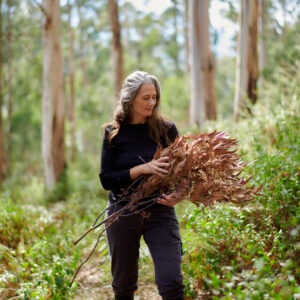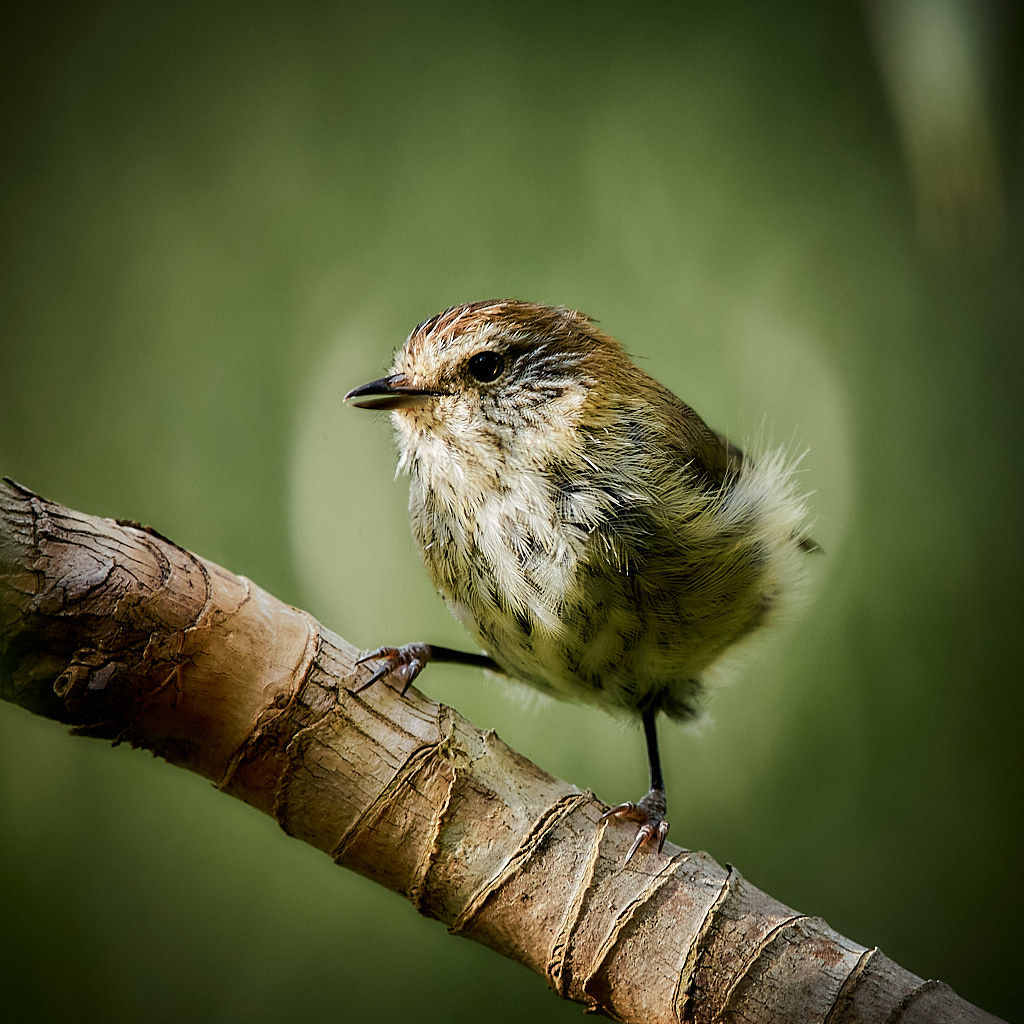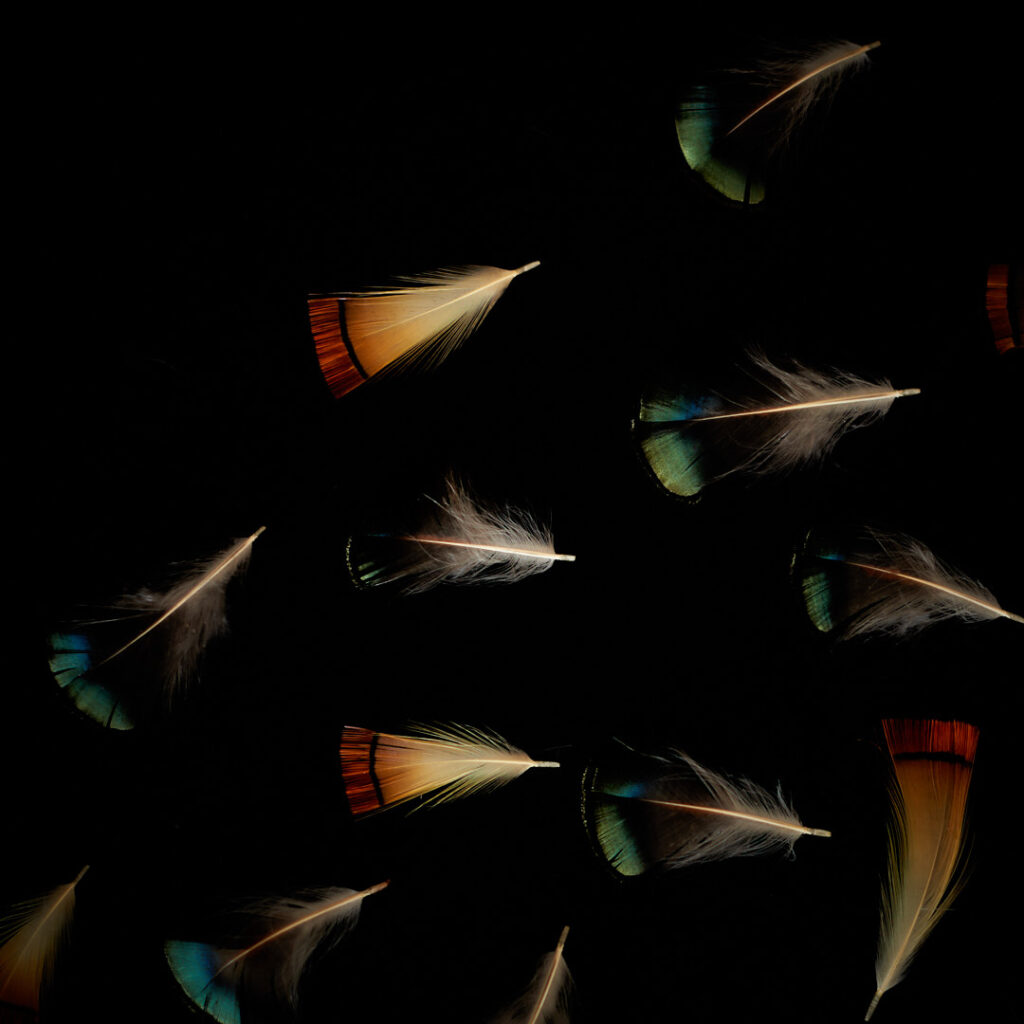
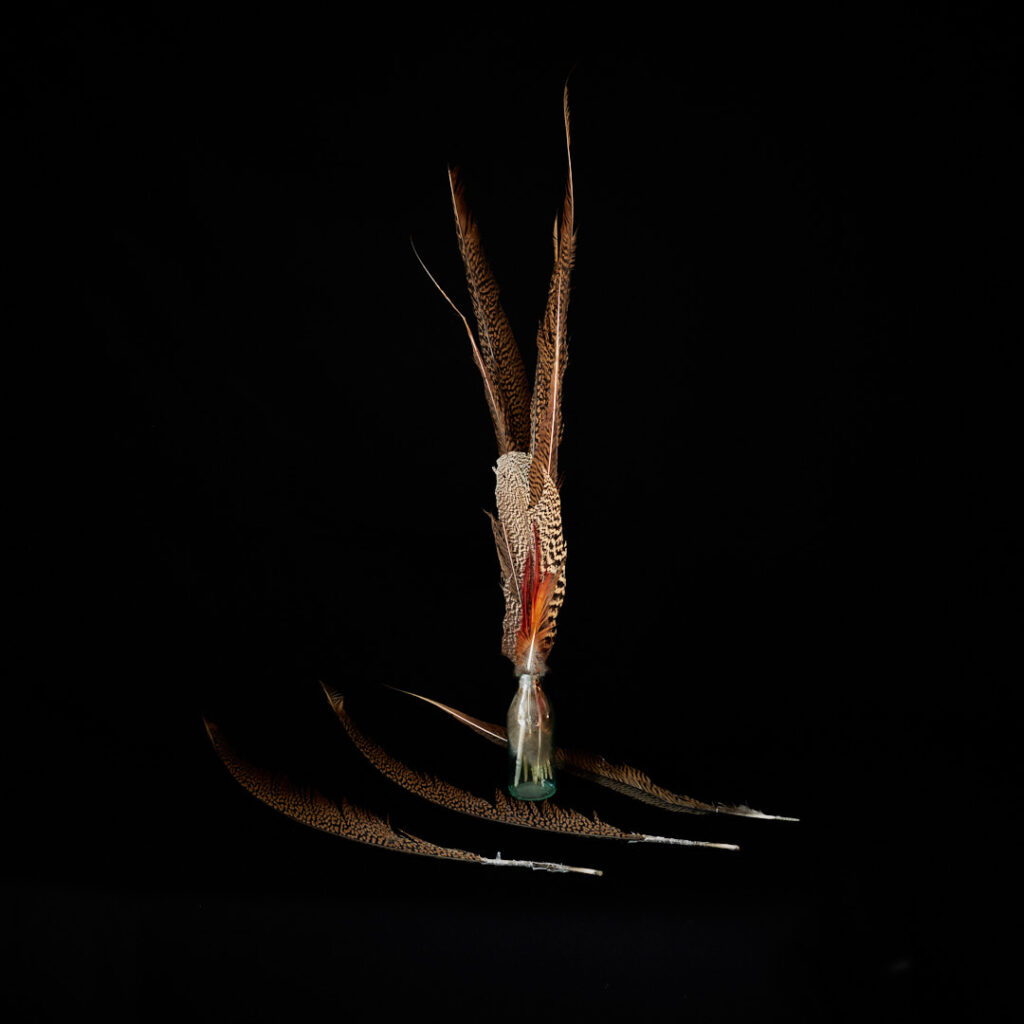
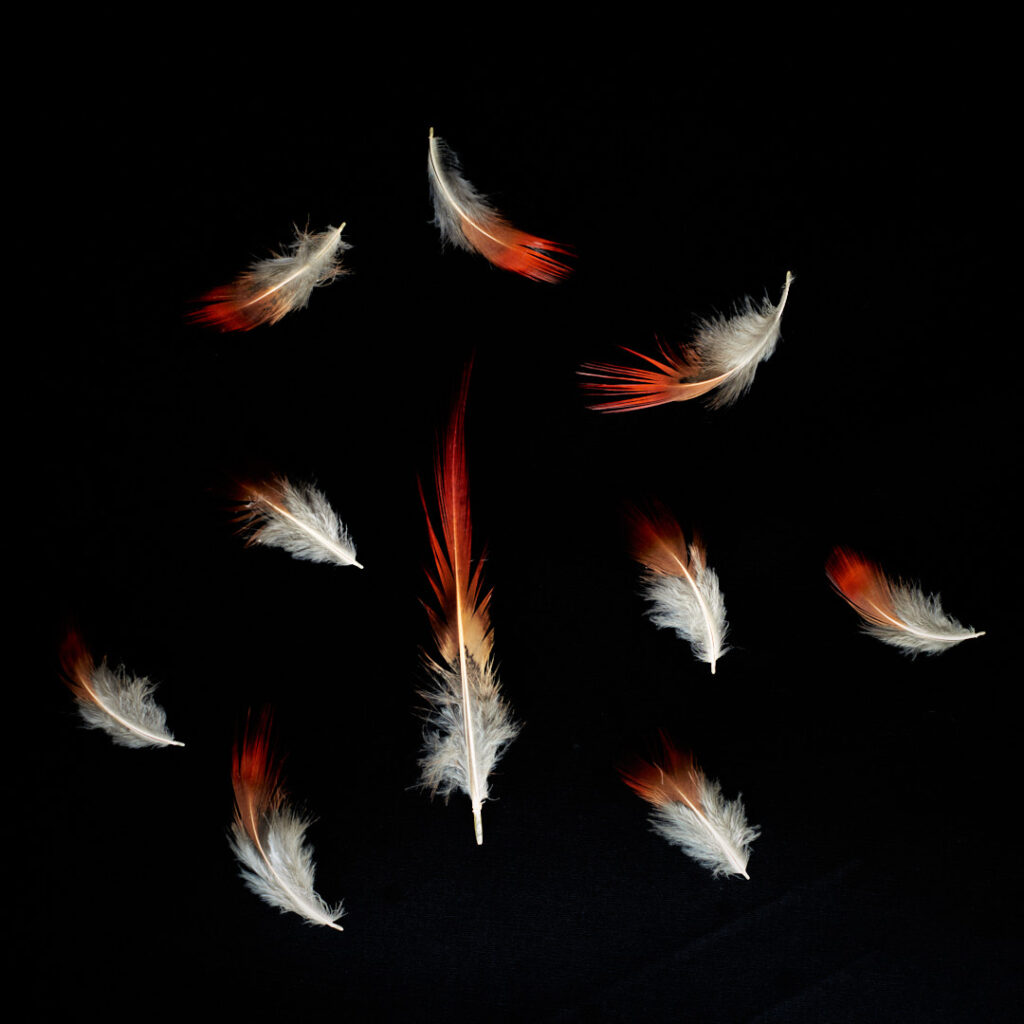
‘It is not only fine feathers that make fine birds.” Aesop
Although Aesop’s fable teaches us that to be useful is of much more importance and value than to be ornamental, avian science plays devil’s advocate to reveal otherwise. Akin to the rise of fashions on the field at the Spring Racing Carnival, birds have become brighter and more colourful over time too. From fashion to feathers, the aim is the same, all efforts are in the name of sexual success.
Dr Daniel Thomas of Massey University suggests that evolution has led our avians to become increasingly eye catching. “We can theorise about when these pigments first became sexy to birds, but we don’t have fossil evidence of the behaviour. We do know, however, that breeding is a fundamental unit of evolution.”
One may ponder, why do brighter colours signify the best choice of mate? Quite simple really, plumage coloration can be correlated to nutritional condition, a clear signal as to which males are healthiest and fittest amongst their duller counterparts.
Colour may be king for securing a mate, but it does come at a cost. For not only do you stand out to appraising females, your plumage rings as loudly as a dinner bell in the eye of your predators. Only the highest quality males, the fittest of the fit are sprightly enough to attract such attention and evade being eaten.
Do these ‘peacocks’ of the bird world know they are the brightest and most beautiful? In the case of the Superb Fairy Wrens, scientific studies have shown they do!
Researchers tested reactions to low and high danger alarm calls and the brightest, bluest of birds perceived themselves to be at higher risk and adjusted their behaviour accordingly.
The feathers of the male golden pheasant (as pictured here) are some of the world’s most colourful. Strangely enough, just like our favourite fashions from the field, if exposed to the sun for long periods of time, their bright colours will fade. These coveted colours render them vulnerable, not to birds of prey like the Fairy-Wrens, but to humans. From centuries of royalty to the more common pet trade today, to possess them are symbols of good luck and prosperity, for humans, certainly not the bird.
Thank you to my dear friend Bert Sanders for the gift of these exquisite feathers when his golden pheasant sadly passed away. All credit to @george_grace_creative for photos exquisite as the feathers. Vale to this fallen pheasant whose beauty and spirit will live on, his feathers to feature in an artwork one day.
If interested to read more about the fascinating research of Alexandra McQueen and Anne Peters you can find it here
